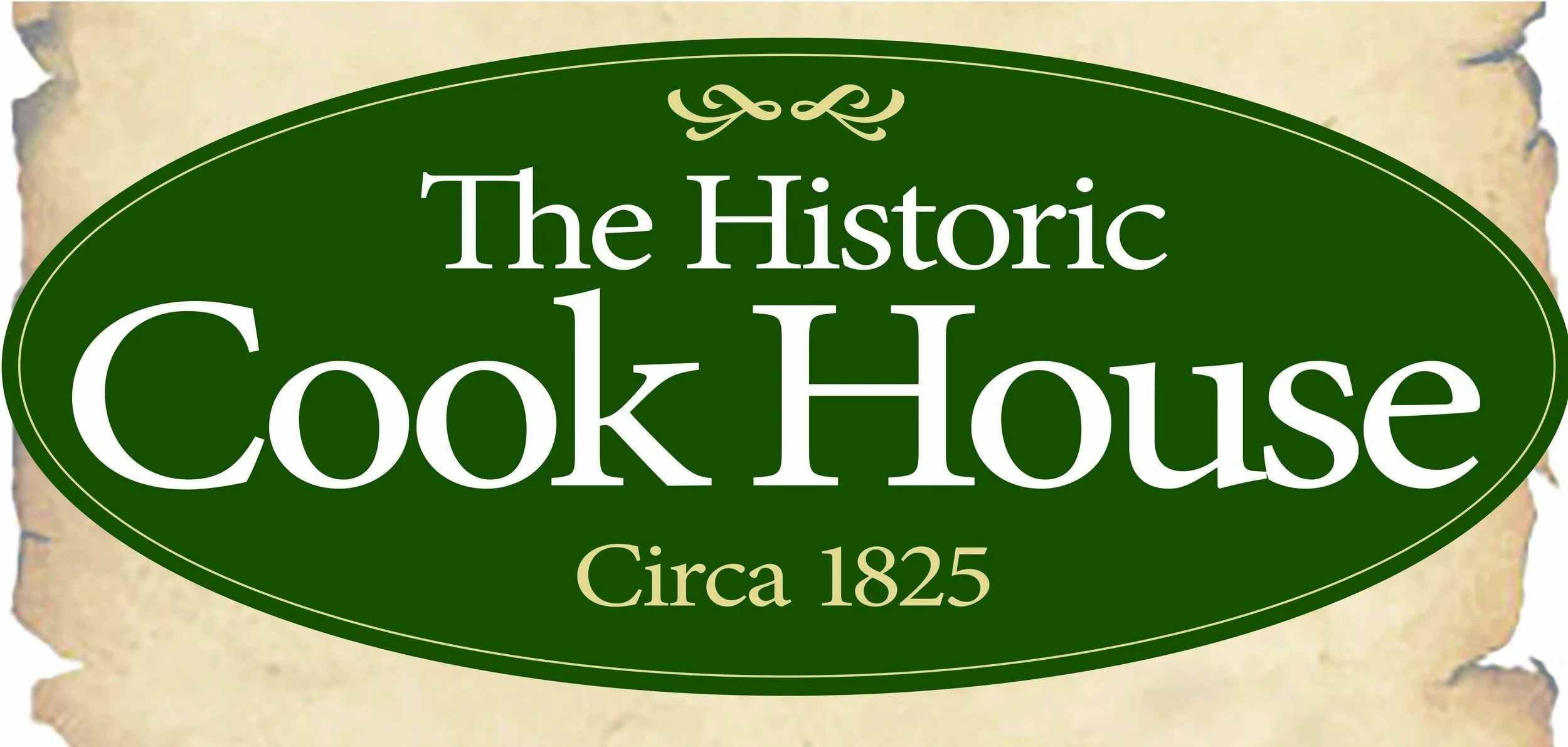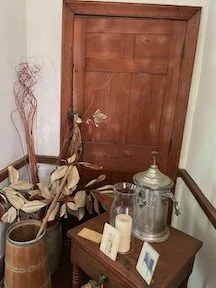
A living piece of Parkersburg history
Cook House
The Cook House stands as one of just two buildings left in Wood County that tell the story of our earliest settlers. What makes it truly special? The same family called it home for an incredible 185 years, from 1825 all the way to 2010.
The story begins with Captain Joseph Cook, who made his way here from Dartmouth, Massachusetts in 1795. He first settled across the river in Belpre, Ohio, on a farm that overlooked the very island that Harmon Blennerhassett would later make famous. But by 1797, Cook had his sights set on our side of the river. He purchased 216 acres of what would become Parkersburg and quickly built a log house for his growing family.
When Captain Cook's son, Tillinghast A. Cook, inherited the property (now about half its original size), he had bigger plans. In 1825, he built the elegant brick house you can visit today. Facing what was then Sand Road—now Murdoch Avenue—this wasn't just a home, it was a statement.

Location & Hours:
1301 Murdoch Avenue
Parkersburg, WV 26101 (Open directions)
Phone: (304) 485-5446
The Cook House will be open for tours in the summer of 2025 by appointment.
Have more questions? See our FAQ section below or contact us.
Visiting the Cook House

Frequently Asked Questions
-
The Cook House is one of only two remaining buildings in Wood County that directly connects us to our earliest settlement period. Built in 1825 by Tillinghast A. Cook, it represents the transition from log cabin frontier life to more established brick architecture, and remarkably remained in the same family for 185 years until 2010.
-
Yes. While the Cook House Museum is not completely restored as we hope it will be soon, you can arrange a group tour by calling the Oil & Gas Museum.
-
You can support the Cook House museum through financial donations and/or volunteering your time. Your contribution helps us preserve this nationally significant site, maintain our exhibits and grounds, and continue sharing this remarkable story with future generations. Learn about specific volunteer opportunities or make a secure donation online.
-
Yes. The entrance does not have steps and doesn’t require a ramp.
-
We share parking with our neighbors in the Big Sandy/King’s Buffet parking lot.








